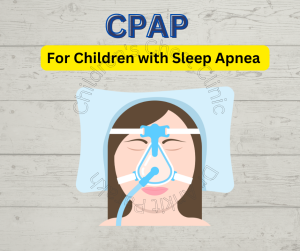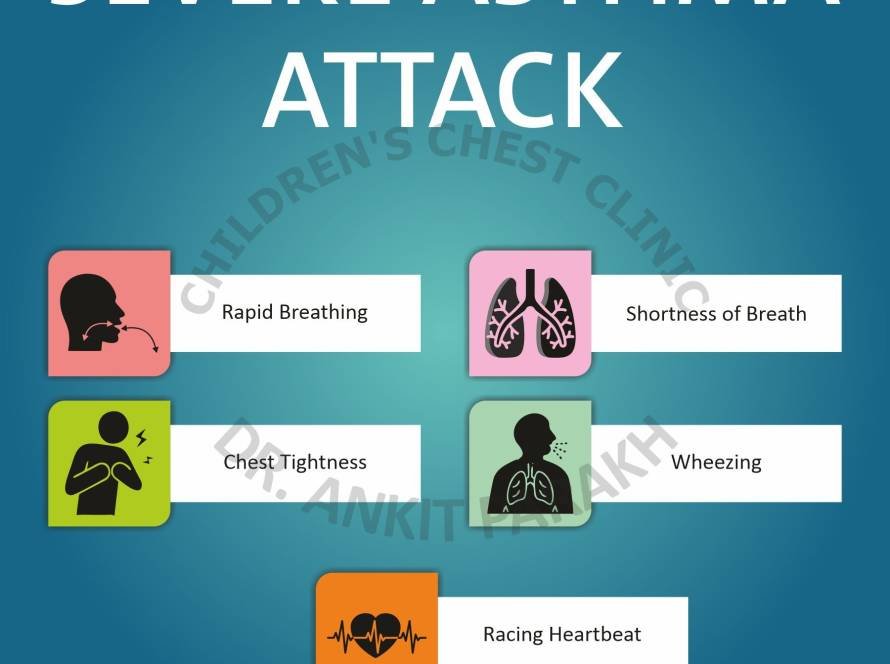Continuous positive airway pressure (CPAP) therapy is one of the many treatment options for children with OSA or obstructive sleep apnea. This article describes Continuous positive airway pressure (CPAP) for obstructive sleep apnea in children: when is it required, how does it work, what are the benefits and drawbacks.
What is a Continuous positive airway pressure (CPAP)?
In continuous positive airway pressure (CPAP), a small machine gently blows air through a tube and mask attached to the child’s nose, or nose and mouth. The CPAP machine delivers air pressure into the back of the child’s throat which helps to keep the airway open. CPAP therapy hence reduces apneas and improves breathing leading to a good quality sleep and improved daytime functioning.
When is CPAP recommended for children with sleep apnea?
Children who are confirmed to have obstructive sleep apnea (OSA) on a sleep study or a polysomnography are evaluated for presence of enlarged tonsils and adenoids. Children with enlarged tonsils and adenoids are candidates for removal of the adenoids and tonsils called adenotonsillectomy. Adenotonsillectomy is the preferred treatment of obstructive sleep apnea (OSA) in children.

Continuous positive airway pressure (CPAP) therapy is recommended for treatment of obstructive sleep apnea (OSA) in children who do not have enlarged adenoids and tonsils or when removal of adenoids and tonsils is not effective. Children with obesity, downs syndrome, craniofacial syndromes, prader willi syndrome are more likely to require continuous positive airway pressure (CPAP).
Do children with sleep apnea tolerate continuous positive airway pressure (CPAP)?
Children with obstructive sleep apnea (OSA) tolerate continuous positive airway pressure (CPAP) quite well. Proper fitting of the mask is important to help the child tolerate the mask over the face. Now many masks are especially designed for children. Nasal masks [masks worn over the nose] are usually preferred but sometimes oronasal masks [masks worn over nose and mouth] have to be used. Masks have a soft cushion that minimizes pressure on the child’s nose. Mask fitting is always followed by a few days of acclimatization where the child is given a few days to learn to tolerate the mask. Once the child is able to wear the mask continuous positive airway pressure (CPAP) is started.
How should we make continuous positive airway pressure (CPAP) more effective for children with sleep apnea?
Sticking to child’s CPAP therapy is most important. For best results, every night use of continuous positive airway pressure (CPAP) is recommended. Ideally continuous positive airway pressure (CPAP) should be worn for the complete sleep duration including daytime naps. Many children are prone to removing the mask at night, sometimes without even knowing it. It is important to keep a check and replace the mask if it falls off or is removed.
If your child is having obstructive sleep apnea (OSA) do in touch with a pediatric sleep specialist for proper care and optimal treatment.






